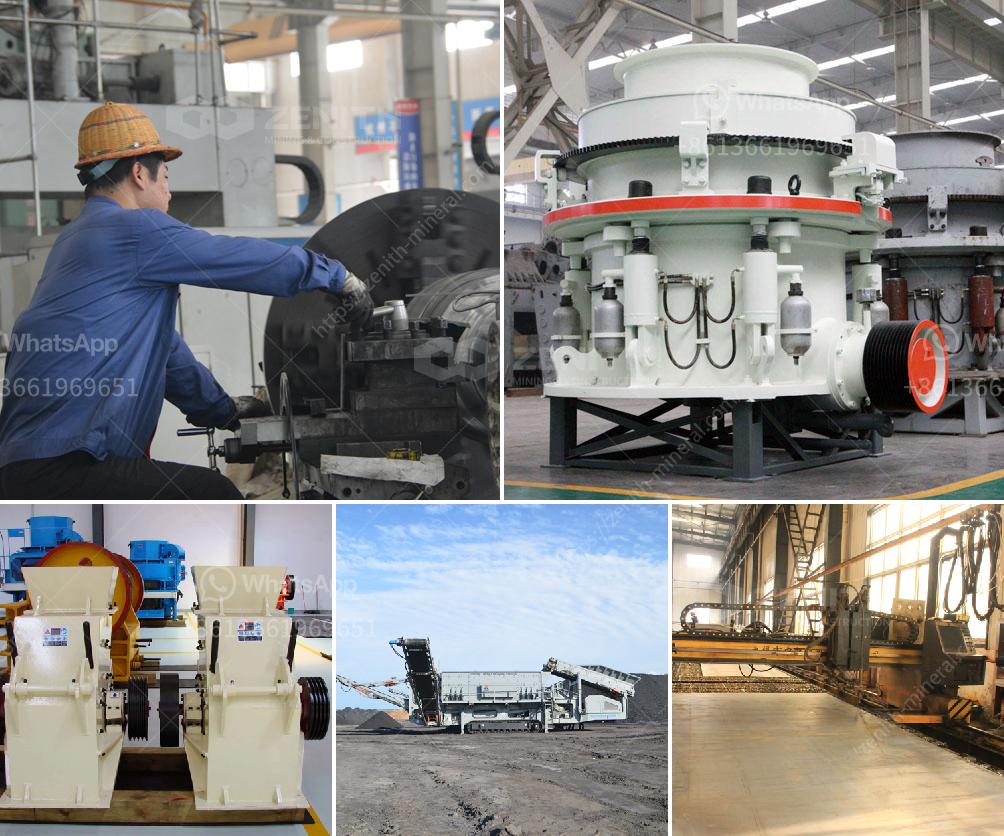Creating a ball mill requires some mechanical skills and basic tools. Here are the steps to guide you through the process:
Materials Needed:
- A sturdy cylindrical container (metal or heavy-duty plastic)
- Heavy steel or ceramic balls (ball bearings)
- An electric motor (preferably a variable speed motor)
- Metal rods or shafts
- Bearings and bearing mounts
- Belts and pulleys
- A sturdy base to secure everything
- Fasteners (nuts, bolts, washers)
Tools Required:
- Drill and drill bits
- Screwdriver
- Wrenches
- Safety gear (gloves, glasses, etc.)
- Measuring tape
- Saw (for cutting metal or plastic)
- Sandpaper or file (for smoothing edges)
Steps to Make a Ball Mill:
Step 1: Prepare the Container
- Select a sturdy cylindrical container. It should be able to handle the constant impact of the milling balls. Metal containers work best.
- Drill holes at each end of the container sideways for the metal shafts that will act as axles.
Step 2: Assemble the Axles
- Insert metal rods through the holes you've drilled. These will act as the rotating shafts.
- Fix the rods in place using nuts and bolts.
Step 3: Mount the Bearings
- Attach bearings on either end of the shafts. Bearings will allow the container to spin freely.
- Secure the bearings to a sturdy base using bearing mounts.
Step 4: Install the Motor
- Position the electric motor near the constructed base.
- Attach a pulley to the motor.
Step 5: Connect the Pulley System
- Attach a pulley to the shaft that will drive the container.
- Connect the motor pulley to the shaft pulley using a belt. Make sure the belt is tight enough to turn the container but not so tight that it places too much strain on the motor or bearings.
Step 6: Add the Grinding Media
- Fill the container with your chosen grinding media (steel or ceramic balls).
- The number of balls will depend on the size of the container, but typically it should be about one-third full.
Step 7: Secure the Lid
- Secure the lid on the container tightly to prevent it from opening during operation.
Step 8: Test and Adjust
- Turn on the motor and observe how the container rotates.
- Make adjustments as needed to ensure smooth, even rotation.
Safety Tips:
- Always wear safety glasses and gloves.
- Ensure that the ball mill is placed in a well-ventilated area.
- Be cautious of moving parts to avoid injury.
Final Note:
Building a ball mill involves working with some potentially dangerous materials and tools. Take appropriate safety precautions, make sure to double-check all components for stability and integrity, and consult with someone experienced in machine building if you're uncertain about any step.


